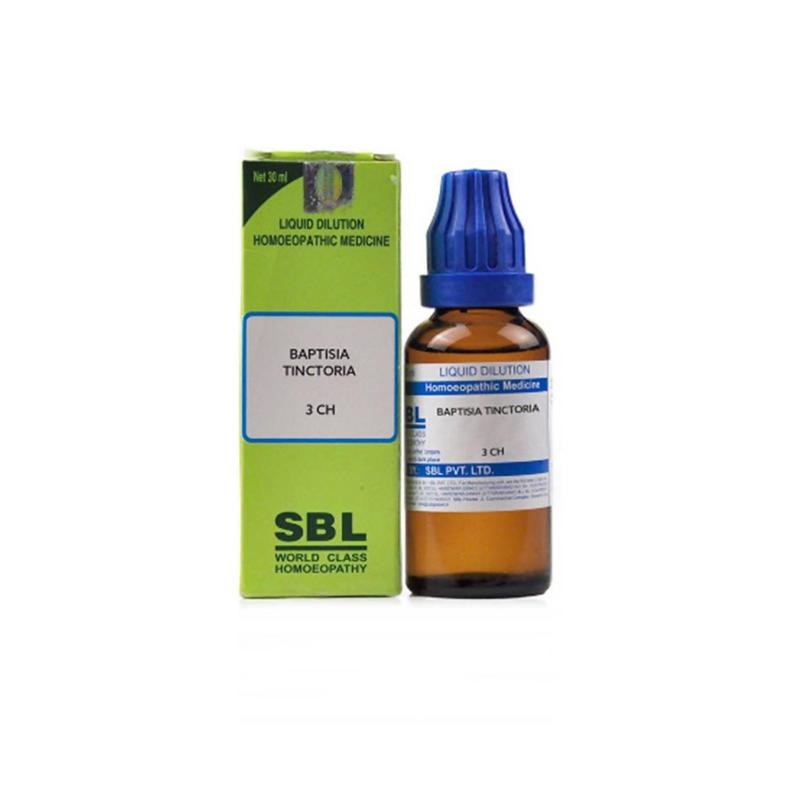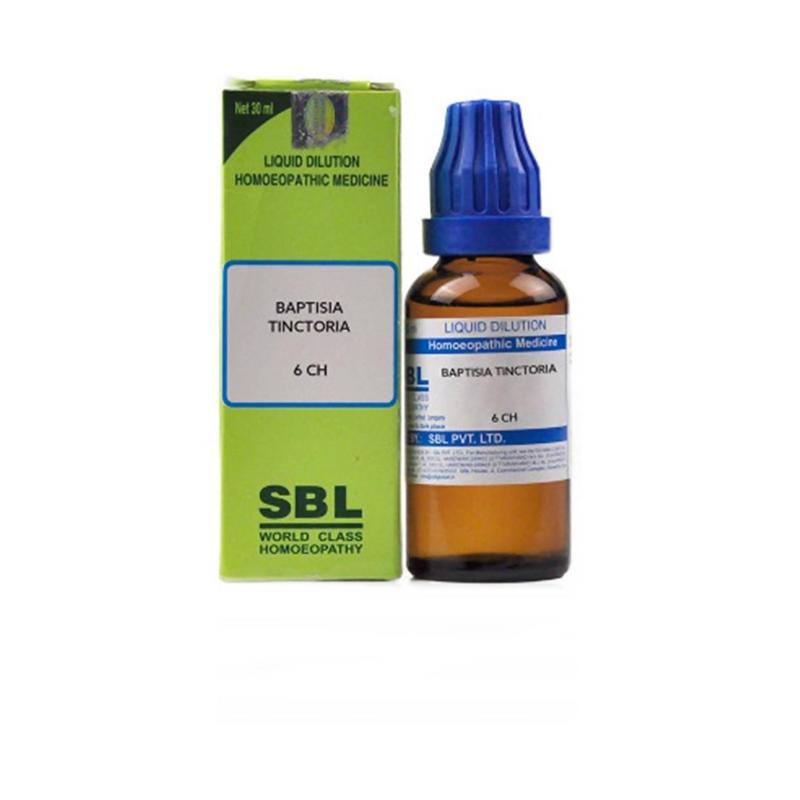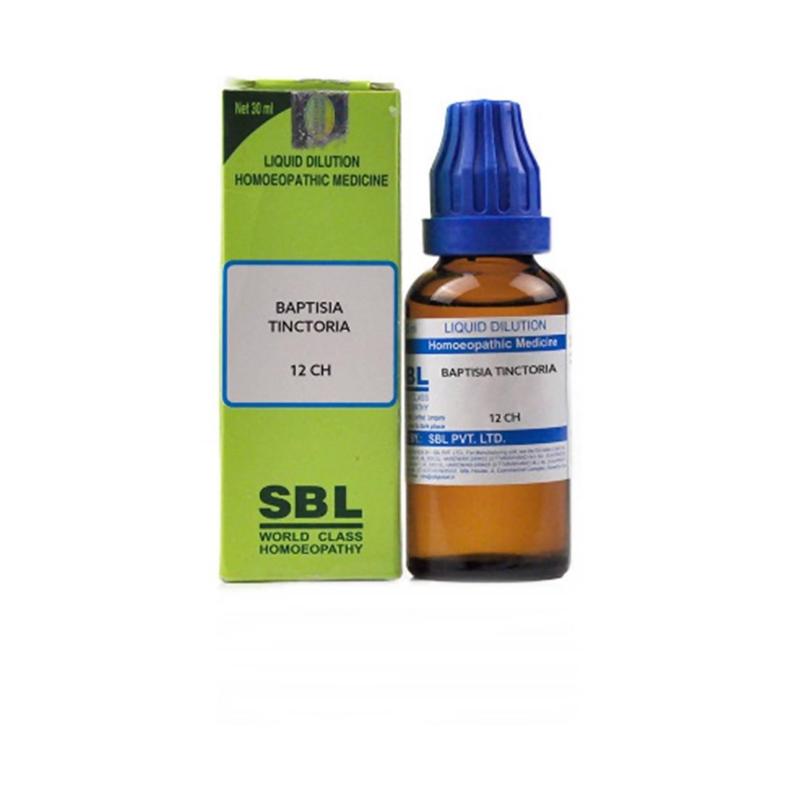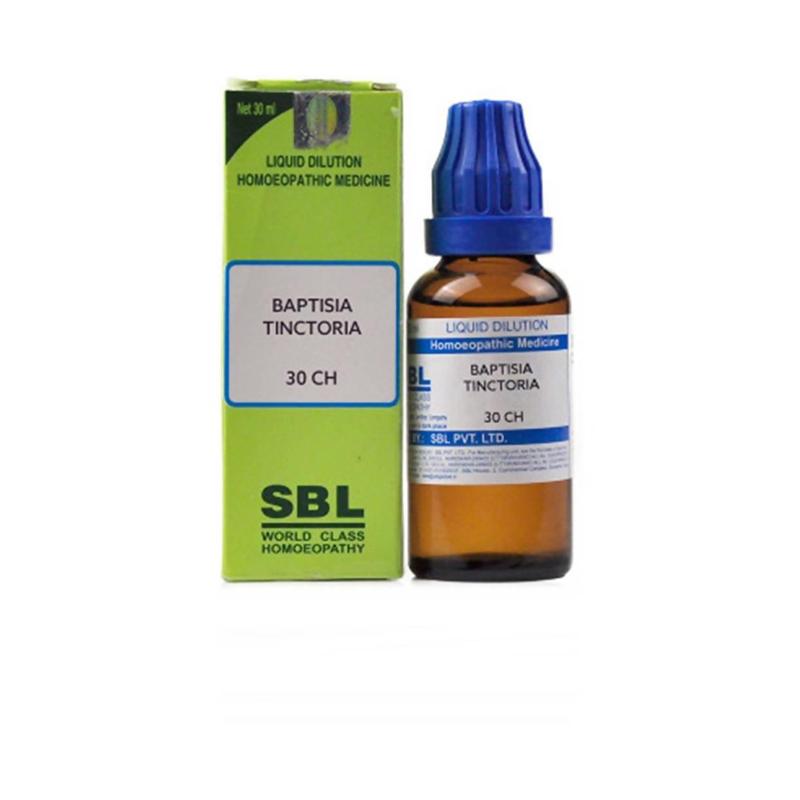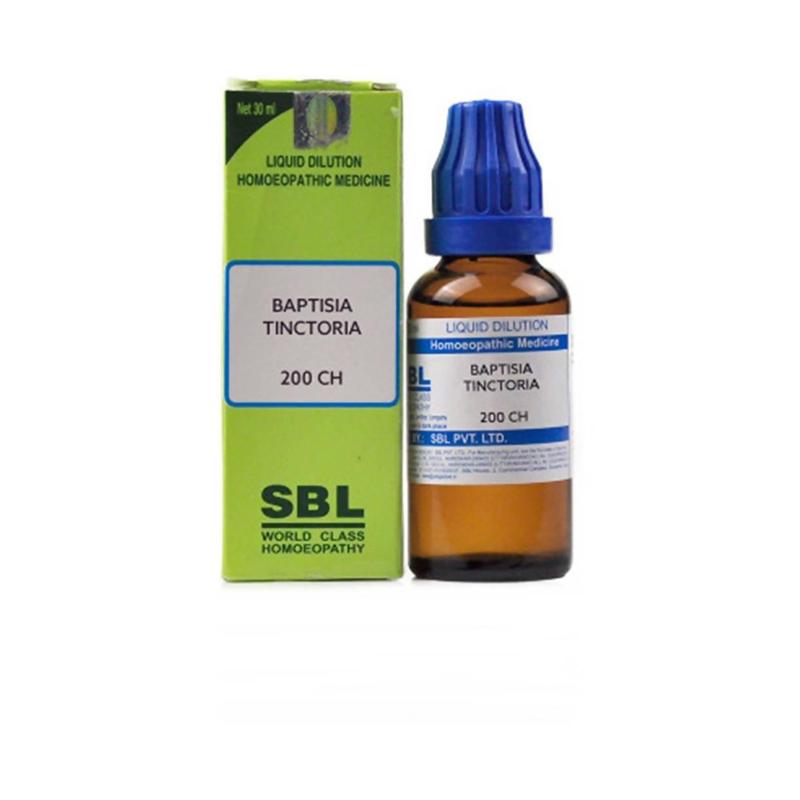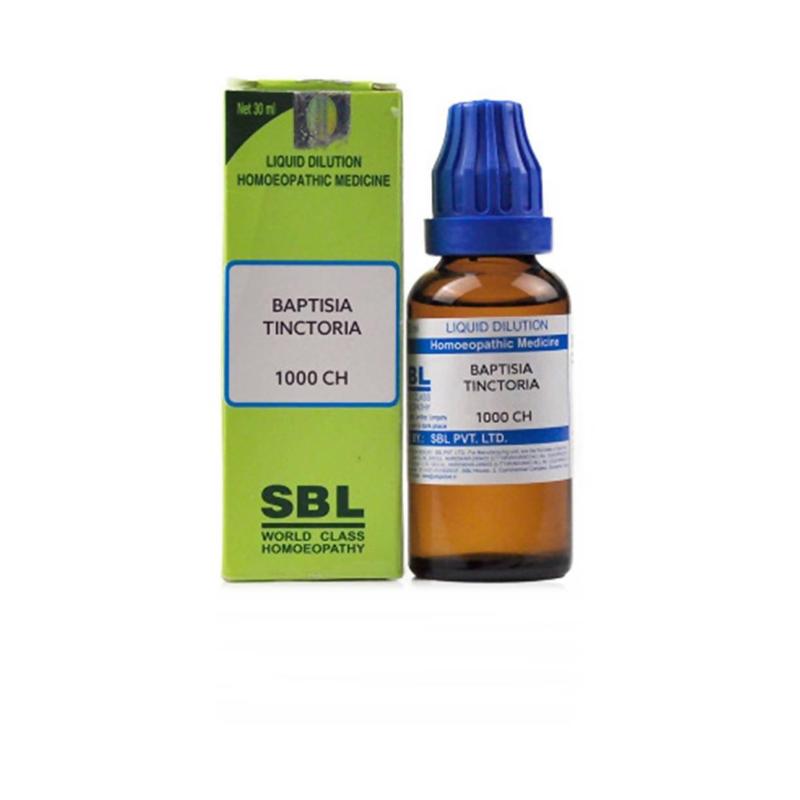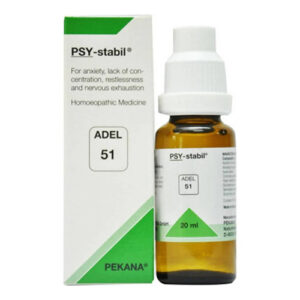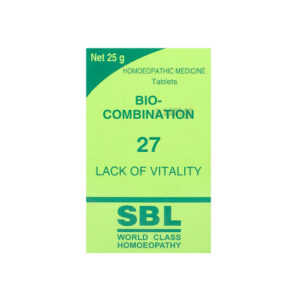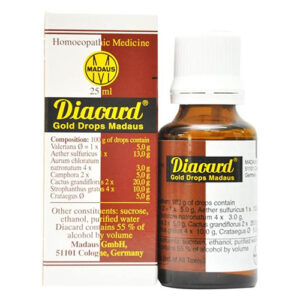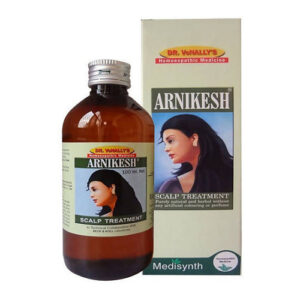Indication / Benefits
Baptisia Tinctoria, commonly known as Wild Indigo, is a homoeopathic medicine derived from the plant Baptisia tinctoria. Belonging to the Fabaceae family, it has been traditionally valued for its therapeutic properties in treating infectious diseases and septic conditions. In homoeopathy, Baptisia Tinctoria is primarily used to address symptoms such as fever, sore throat, and gastrointestinal infections. It is also employed for its effects on alleviating symptoms of influenza, promoting recovery from sepsis, and managing conditions aggravated by infection and inflammation.
Common Names:
Hindi: Baptisia
English: Wild Indigo
?
SBL’s Baptisia Tinctoria can be helpful in the following conditions:
- Asthenic Type Symptoms
- These include conditions that resemble low fevers, blood septicemia, malarial poisoning, and significant exhaustion.
- Offensive Secretions
- Used when secretions (breath, stool, urine, sweat) are notably foul-smelling.
- Chronic Intestinal Toxemias
- Effective for children with chronic intestinal toxins leading to foul stools and burping.
- Epidemic Influenza
- Useful in flu cases marked by extreme exhaustion and offensive secretions.
- Typhoid Syndrome
- Helps in raising natural resistance to typhoid infections and managing symptoms post anti-typhoid serum inoculation.
- Intermittent Pulse
- Especially beneficial for older individuals with irregular pulse rates.
- Confusion and Delirium
- Wild, wandering mental state, difficulty thinking, and confused ideas.
- Indifference and Stupor
- Marked indifference, falling asleep while being spoken to, and melancholic stupor.
- Vertigo and Pressure
- A confused, dizzy feeling with pressure at the root of the nose.
- Forehead Tightness
- The skin on the forehead feels tight, with a sensation of the head being large, heavy, and numb.
- Eye Discomfort
- Soreness in the eyeballs and heavy eyelids.
- Early Deafness and Stupor
- Patients may fall asleep during conversation, with early onset of deafness in typhoid conditions.
- Ulcerated Gums and Fetid Breath
- The gums are sore and ulcerated, the breath is fetid, and the tongue has a burned feeling with a yellowish-brown center and red, glistening edges.
- Difficulty Swallowing
- Patients can only swallow liquids due to esophageal spasm, with dark red tonsils and a painless sore throat that discharges offensively.
- Spasmodic Esophagus
- Trouble swallowing solid food and vomiting due to esophageal spasms, with a sinking feeling in the stomach.
- Offensive Stools
- ?Abdominal distention and rumbling, especially on the right side, with offensive, thin, dark, and bloody stools.
- Dysentery in Elderly
- Abdominal soreness, particularly around the liver, useful in treating dysentery in older patients.
- Miscarriage
- Useful for preventing miscarriage due to mental depression, shock, or low fevers.
- Profuse Menses and Puerperal Fever
- Effective for early and profuse menstrual flow, acrid and fetid lochia, and fever following childbirth.
- Breathing Difficulties
- Sensation of lung compression, difficulty in breathing, and fear of suffocation, often seeking open windows for relief.
- Neck and Limb Pain
- Stiffness and pain in the neck, arms, and legs; soreness and bruised sensation in the lower back, hips, and legs.
- Restlessness and Nightmares
- Difficulty sleeping, restlessness, and nightmares with a sensation of being scattered in bed.
- Skin Issues
- Presence of livid spots, burning and heat in the skin, and putrid ulcers associated with stupor and prostration.
- Chills and Rheumatic Pains
- Chills accompanied by rheumatic pains and soreness throughout the body, with heat interspersed with occasional chills, typically around 11 am.
- Effective for adynamic and typhus fevers.
Key Ingredients
Baptisia tinctoria
Dosage
As prescribed by the physician.
Safety Information
- Read the label carefully before use.
- Do not exceed the recommended dose.
- Keep out of the reach of children.
- Store in a cool, dry place; avoid sunlight and heat.
- Avoid strong smells (onion, hing, mint, garlic) during use.
- Allow 15 minutes gap between two homoeopathic medicines, 30 mins gap between Homoeopathic medicines and food, or one hour gap between Homoeopathic medicines or another system of medicines.
?
